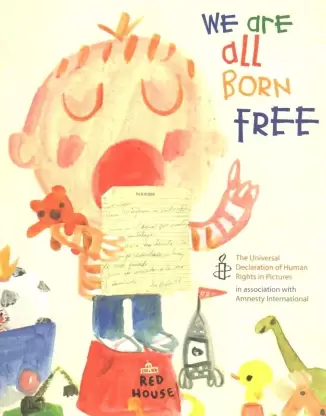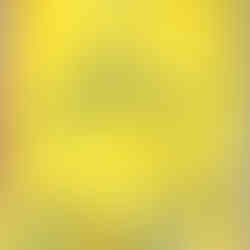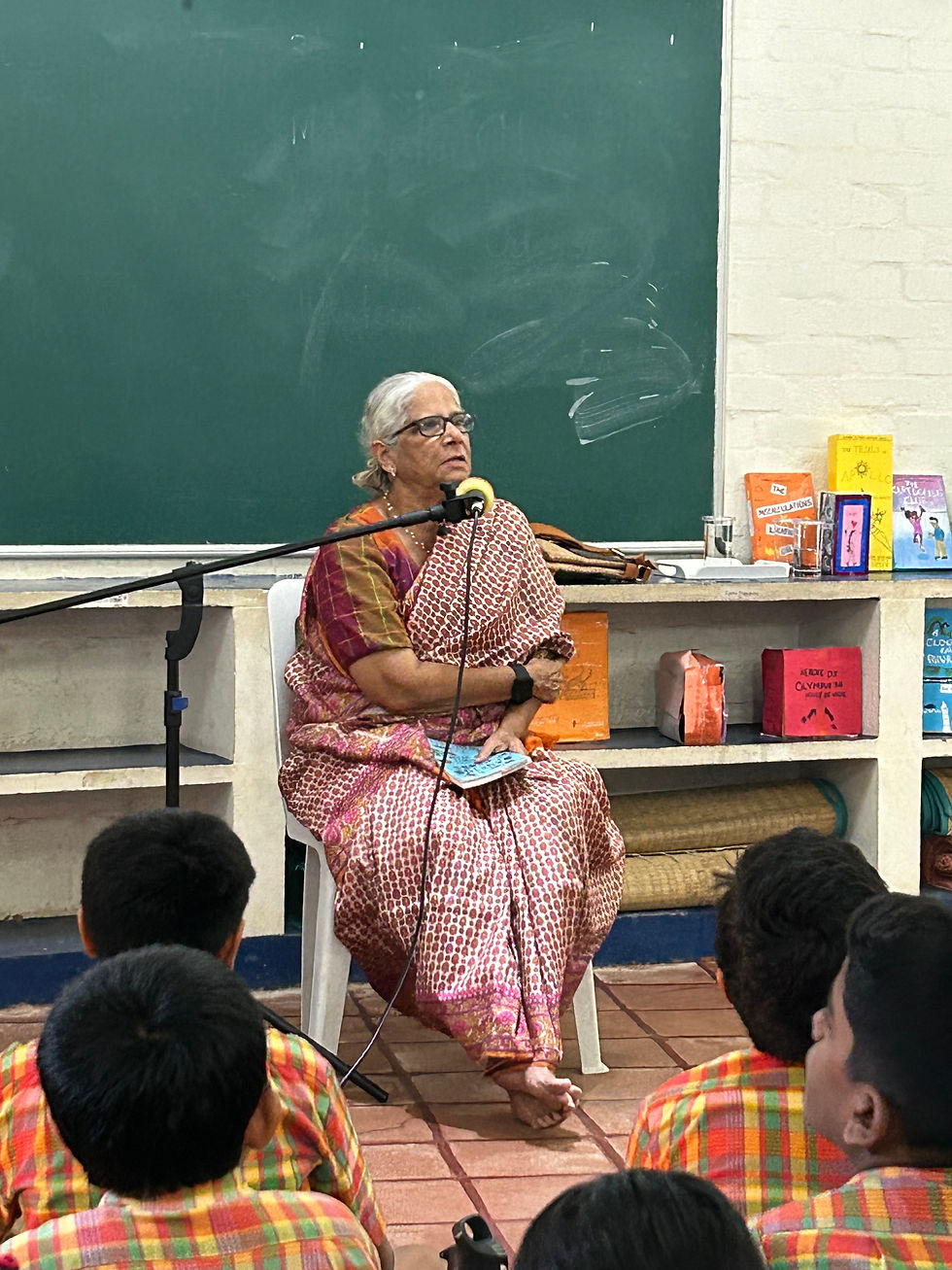My Name is Gulab...reading about Social Justice issues through Picture Books
- JoAnne Saldanha
- Mar 31, 2023
- 3 min read
Books about social justice issues open up the world beyond their immediate circle of family and friends, giving children the opportunity to walk in another’s shoes and experience what it feels like to encounter discrimination. While some children see their own lives reflected in these books…representation that is vital to making all children feel that their lives matter.
When I plan to read books about social justice issues with my students, I try to ensure that I am not putting my words into their mouths or my ideas into their minds.
I prefer building on what they may already know or may have experienced.
Which is why I spend a lot of time establishing context and encouraging prediction from the cover image.

During my sessions using Sagar Kolwankar’s book My Name is Gulab, with 5th and 6th graders, there was plenty of reading strategies at work, some moments of deep thought and some sharing.
.
Gulab, the daughter of a manual scavenger, is teased and called ‘Stinky Gulab’, because her father’s work…which involves cleaning clogged drains.
Incensed by this teasing, she angrily questions her father about why he does this kind of work and learns that this is what is expected from people of their caste…inorder to put food on the table, he needs to take the work he gets.
After understanding the dehumanising aspects fo her father’s work, Gulab is inspired to create a prototype of a machine to clean up drains and gutters which would not involve human labour. She names her machine Gulab…with the hope and belief that it will work to remove the filth and spread fragrance. However, more than anything, she wonders how she can remove the filth from people’s minds, cleansing society of the distinctions based on caste, religion and socio-economic status.
The illustrations complement the story in a way that helps my students make sense of the text. The image of money left on the ground brought the strongest reaction.

Every child understood how insulting and degrading this action is.
As always with an interactive read aloud session, prompts and questions spurned exclamations of shock, disbelief, anger and sharing.
One child shared that her apartment complex had a manual scavenger die in the drain and the harsh reality of this job came to the fore.
Another who visits his grandparents house in France, shared how sanitation workers were covered with safety suits. The discussion moved to why our corporation/municipality couldn’t get machines or suitable protection for sanitation workers.
While the outcome may not be a perfect understanding of the complexity of the issue, what I hope to achieve is a little awareness and space to allow the children to share their thoughts.
.
One child asked whatever happened to books with happier themes…which was enough to raise a discussion on whether books like this one was needed in a school library.
The children came to the conclusion that they would never know about these issues if they didn’t read books on these themes .
Did they need to know about issues like this, I asked?
Yes, came the prompt replies. We don’t think people should be treated like this and some children went on to make connections to ‘The Boy Who Asked Why’ by @sowmyarajendran …and promptly went looking for it on the shelves, making text to text connections to the mention of caste and untouchability in this book. They then sat in a little group as one read aloud to the next.
This seeking out to read further, the questions, the sharing…to make sense of what we read, reassures me that libraries must hold space to allow for this as we aim to raise readers and future members of society.
With another group of older children, I opened the session by reading from ‘We Are All Born Free- The Universal Declaration of Human Rights in pictures’ by Amnesty International and from ‘We the People of India’ by Justice Leila Seth…to bring the element of basic human rights to aid perspective.













This is a powerful book and the illustrations are really impactful. There's one visual of the boss just leaving the payemnt of the floor because he doesn't even want to touch Gaulb's father accidentally. A picture book is just the right length, the issues laid out visually too. A must for every school library